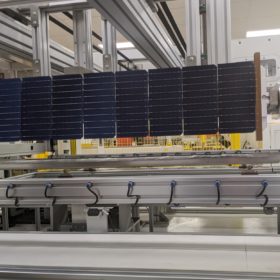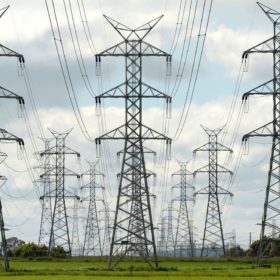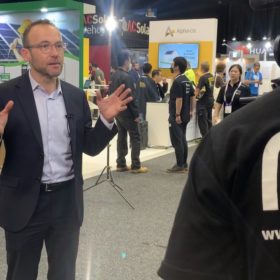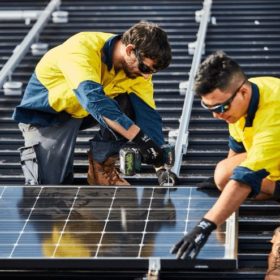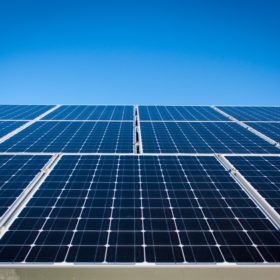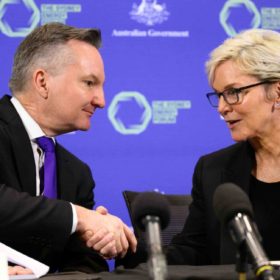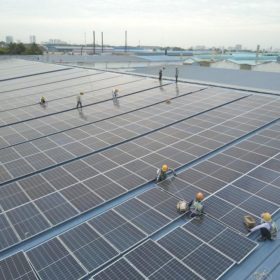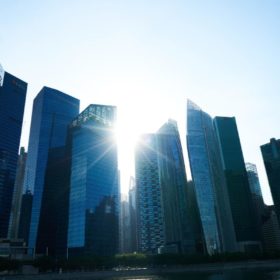Behind-the-scenes look at solar panel production shines light on Australian manufacturing
With the International Energy Agency leading calls to diversify the world’s solar PV supply chain, Australia’s only solar panel maker Tindo Solar has released a video following the manufacturing process at its new $11 million production facility in Adelaide.
NSW announces tender round for large-scale wind, solar and storage
New South Wales has reached another milestone in its transition from coal-fired power generation to renewables-based electricity with the state government announcing the start date for a tender process expected to deliver at least 2,500 GWh of new annual generation and 600 MW of long-duration storage.
Greens begin formal negotiations on Labor’s climate bill
The Greens party says it will now begin “formal negotiations” with the Labor government on its climate bill, raising concerns about what it deems an inadequate 43% emissions reduction target and allowance for new coal and gas projects.
Victorian Opposition unveils residential solar and storage strategy
Victorian Opposition Leader Matthew Guy has vowed to “turbo-charge renewables”, promising at least one million additional Victorian homes would have solar PV and battery energy storage systems installed by 2035 if the Coalition is voted in at the November state election.
India may miss 2030 renewables target by over 104 GW
The nation may miss its 2030 target of 500 GW renewables capacity by over 104 GW under the current market trend.
Report shows South Australia on path to 100% renewables
South Australia is closing fast on its target to be powered by 100% net renewables by the end of the decade with new data revealing a combination of wind and solar energy provided a daily average of almost 70% of the state’s electricity needs last financial year.
Australia & US sign energy agreements to mitigate China over-reliance, ensure supply chains cannot be weaponised
Speaking at the Sydney Energy Forum, leaders from Australia and the US have highlighted the importance of not only transitioning to renewables, but of ensuring the supply chains used to make the technologies do not remain as concentrated as they are today.
Spanish giant plans $26 billion investment in Australian renewables following government change
Spanish energy and construction giant Acciona plans to massively expand its investment in Australian renewable projects over the next five years, following the new federal government’s pledge to upgrade national electricity transmission networks.
Vietnamese government fears legal action from solar investors
The Vietnamese government is reportedly concerned about legal action from solar investors if its new power development plan does not prove ambitious enough.
Singapore regulator issues fresh appeal for clean power
Singapore’s Energy Market Authority has already attracted proposals for 1.2 GW of renewable electricity, to be generated in four southeast Asian nations, and wants to raise that figure to 4 GW by 2035.
